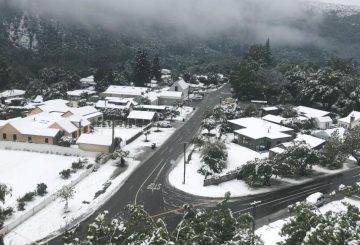ニュージーランドのテクノロジーセクターは、昨年、収益と輸出が前年比9%増となり、急成長を遂げたことが最近の報告で明らかになりました。
Technology Investment Network(TIN)が毎年発表する上位200社のテクノロジー企業に関する報告書によると、この分野は他の経済セクターの9倍の速さで成長し、総売上高は151億1000万ドル(約1兆2500億円)で、これは12億5000万ドルの増加を意味します。上位4社の売上高は10億ドル以上でした。
この好調な収益により、部門全体の利益は約25億ドルに達しました。
また、この報告書では、ハイテク部門が収益の4分の3以上を輸出で得ていることも明らかにされており、ニュージーランド全体の14%を占め、酪農部門に次いで2番目に多いことが示されています。
TIN Networkのマネージングディレクターであるグレッグ・シャナハン(Greg Shanahan)氏はRNZ Newsに対し、オークランドは依然としてハイテク産業の拠点であると語りました。
また、金融とヘルステック分野の企業が成長に最も貢献しており、世界経済の先行き不透明感は、他の産業に比べてハイテク企業にとってそれほど大きな課題ではないとも述べています。
「ハイテク部門が現在力強い成長を続けている理由のひとつは、変化やある程度の混乱がハイテク系企業に有利なことです。なぜなら、変化するエコシステムに対処するための新しいソリューションをより迅速に提供できるからです。」
「フィンテックの成長と同様に、同じような理由から、最近ではヘルステックも非常に高い成長を見せています。」
ハイテク部門の研究開発費は19%近く増加し、上位200社は18億ドル以上を費やしました。また、新興のハイテク企業は、ベンチャーキャピタルやエンジェル投資で1億9200万ドルを調達することができましたが、昨年は3050万ドルでした。
上位200社の従業員の平均年間給与は約9万ドルで、全米平均の6万1000ドル強を大きく上回っています。
「国内における高収入の技術職の増加は、国内経済に大きな影響を与えており、賃金としてさらに2億6400万ドルが国内に入ってきています」とシャナハン氏は述べています。






























































